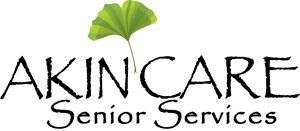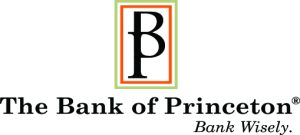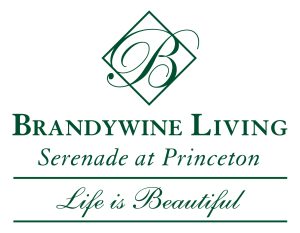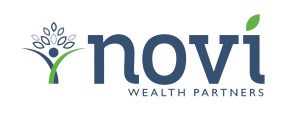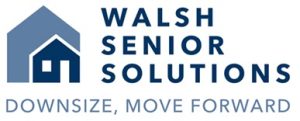Our Past, Present and Future
In the early 1970’s, older adults in and around the Princeton area were at a loss for programs that kept them active, engaged and relevant. That was about to change forever. Jocelyn Helm recognized the need and saw an opportunity. And the rest, as they say, is history.
our history
The Catalyst of Invention
Jocelyn Helm and Karin Slaby wrote a grant to the New Jersey Department of Community Affairs to provide programs for residents of Spruce Circle (senior public housing managed by the Housing Authority Borough of Princeton). This program was first called Tenant Services. Additional funding was received from the County to add social services.
-
1976
The Princeton Senior Resource Center was incorporated as a nonprofit organization and was initially funded by Princeton Borough, Princeton Township and the Housing Authority Borough of Princeton.
The Suzanne Patterson Building, previously a gym for Miss Fine’s School and later part of Princeton Day School, was dedicated to Suzanne Patterson, and opened as the senior center for Princeton—offering exercise classes, art classes and space for large meetings. Funds were raised by the Senior Citizens Club for the initial renovation.
The HomeFriends program began, matching homebound seniors and people with disabilities with adult volunteers who offered friendly visits and helped with grocery shopping, opening and sorting mail and other weekly tasks.
- HomeFriends - funded by United Way
- People and Stories - funded by United Way and the New Jersey Commission for the Humanities
- As Our Parents Grow Older - funded by New Jersey Department of Health
The Suzanne Patterson Center and the Senior Resource Center combined—giving one organization the responsibility for programs and services to all seniors in Princeton.
Jocelyn Helm retired as founder and executive director. Jan Marmor, former assistant director, took over the role.
PSRC was selected as one of eight pilot sites to help develop accreditation standards for the 15,000 senior centers nationwide under the auspices of the National Council on Aging.
The “Grandparents/Grandpartners” program was started that sent older adult volunteers to public schools to read with kindergarten children. That program is now called GrandPals, expanding into all four public elementary schools.
PSRC achieved full accreditation. A commitment was made to increase publicity to become more visible in the community, and to serve the entire economic spectrum of the community.
Our Founder
Jocelyn Helm
Jocelyn Helm had a vision for providing social engagement, supportive services, and programs for older adults in her community. From that seedling, the Center for Modern Aging Princeton was born. “What wonderful, exciting, news and what a miracle you all have achieved!” Helm writes. “To think that we have expanded from our TINY two rooms at Spruce Circle into these extraordinary all-encompassing programs and social services. Now, the addition of this wonderful new building is something we had always hoped for but never really believed possible given our humble origins!”

Our HISTORY
TWO DECADES OF CHANGE
PSRC published the booklet, “Alternative Living Arrangements for Seniors,” which detailed information about Assisted Living and CCRCs in the Greater Princeton area as the number of these residential communities grew.
A focus on improving our organizational infrastructure, including:
- Creating a new database which holds development, mailing and class registration information
- Recreating our website that had become an important publicity and communication tool
- Updating governance (bylaws; policies and procedures; and personnel, volunteer and board manuals).
- Establishing an endowment for long-term stability
- Creating a new strategic plan and mission statement
Partners in Caring was created in collaboration with five other organizations to provide a wide array of services to support aging in place, including care coordination, education, meals, transportation, support groups and more.
The Engaged Retirement program was created to help people make successful retirement plans with an emphasis on civic engagement.
PSRC assumed oversight of the Crosstown Transportation program, a car service for seniors funded by the Municipality of Princeton. We also advocated for the FreeB bus service.
Encore Careers was added to help people re-enter the workforce during the economic downturn (renamed Next Step: Engaged Retirement & Encore Careers two years later).
humble origins
PSRC & Spruce Circle
The Princeton Senior Resource Center, now Center for Modern Aging Princeton, was born in a small, two-room office suite at Spruce Circle with a founder’s dream and a community’s commitment to older adult residents in this affordable housing community. In the years since, CMAP has grown into a thriving community resource center for older adults, serving more than 5,500 older adults each year.
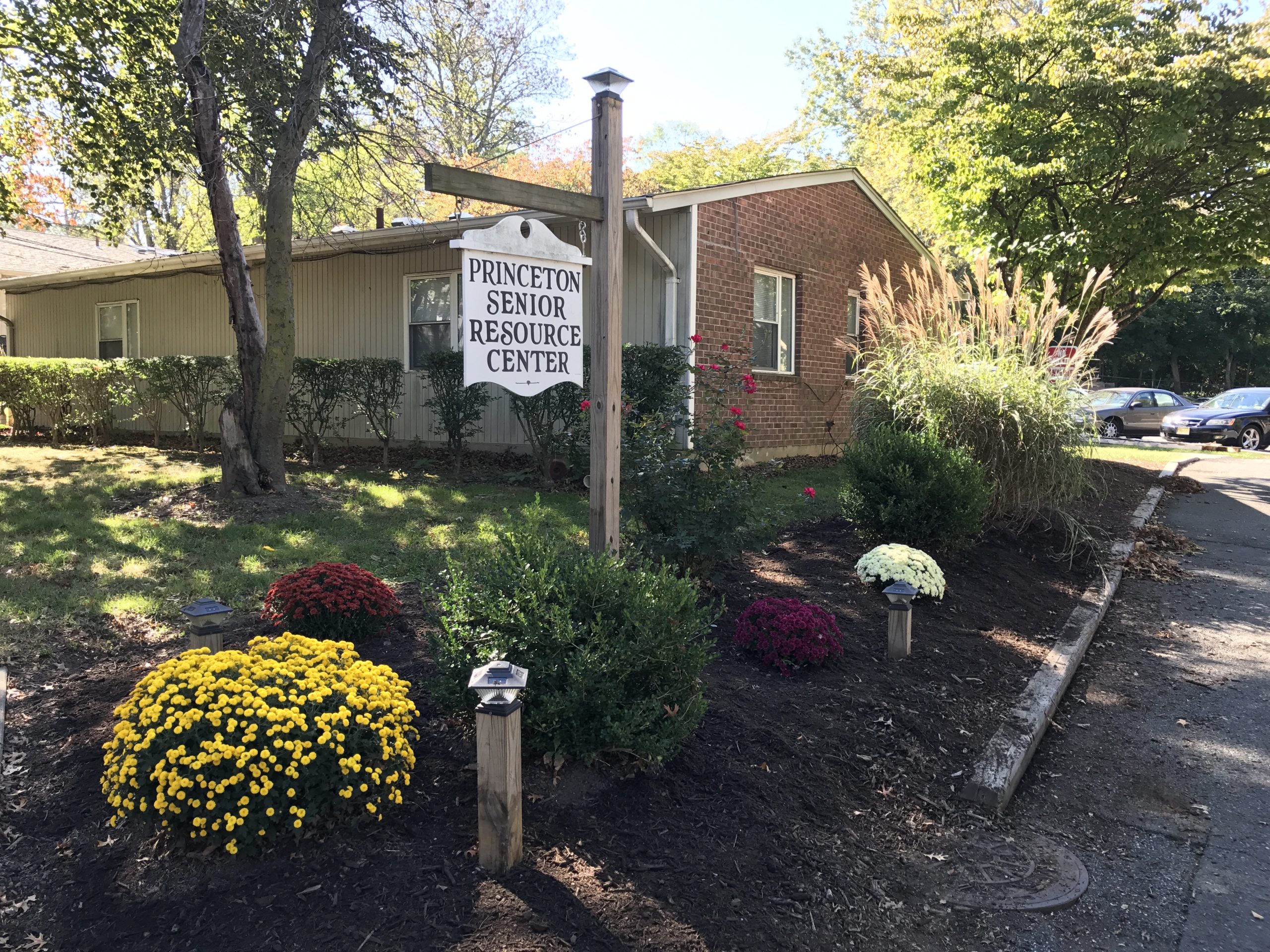
OUR HISTORY
GROWTH TO NEW FACILITY
- Partners-in-Caring became the United Aging & Disability Partnership with nine agencies providing services throughout Mercer County, funded by the United Way.
- The LINK program was discontinued, although students from Princeton University and area high schools continue to volunteer, especially in the rapidly expanding technology programs.
- GrandPals expanded to a third school in Princeton and one in Trenton.
Started our own PIC Princeton (Partners in Caring Princeton) that replaced the United Way program.
Began the Encore Internship program under Next Step and expanded our health education programs under the title Living Healthy.
The Evergreen Forum program grew to twenty-six classes per semester, with about 500 enrolled.
Princeton Borough and Princeton Township consolidated in 2013, continuing to contract senior services with PSRC.
Our focus returned to capacity building, participating in the PACF capacity survey, updating the strategic plan and organizational structure and implementing a new data base. The new strategic plan included a new mission, vision, values and goal statement.
-
2018
After outgrowing the space at the Suzanne Patterson Building and utilizing other spaces in town for our programs, we moved several classes to the Presbyterian Church of Lawrenceville.
Marketing, fundraising and digital efforts took on greater importance.
PSRC welcomed a new chief executive officer, Drew A. Dyson, PhD.
We reignited our building task force, seeking new options for physical space needed for expanding programming.
With Covid-19 hitting the U.S. oin March of 2020, PSRC was forced to close its physical doors to its participants. In a bold move, the leadership of staff, board, and volunteers committed to a “virtual pivot,” moving as many classes and activities to the Zoom virtual meeting platform. With staff and volunteers teaching instructors and participants to use the platform, our first virtual classes were offered within two weeks. Within two months, PSRC volunteers and staff taught more than 1,000 older adults to use Zoom and had more than 2,500 registrations in virtual classes and programs. While most senior centers were simply forced to close their doors, PSRC had found a way to open ours even wider – and our participation rate increased dramatically.
In December, PSRC closed on the purchase of a 12,000sf building at 101 Poor Farm Road and launched a revitalized Lifelong Learning Capital Campaign. It opened for staff in October 2021, held a ribbon-cutting ceremony in November, and had its first public programming, a hybrid lecture by CEO Dyson in December.
-
2021
The facility was fully opened to the public and held its first set of in-person and hybrid courses in the spring of 2022.
In September, PSRC paid off the balance of the mortgage on the property, thereby completing and fully paying for the purchase and renovations within twenty-one months.
In May, the board adopted the strategic plan that will center our work for the next several years on:
- Expanding community outreach to meet the needs of an increasingly diverse community, with a focus on reaching currently under-served and under-represented older adults
- Expanding our connection with younger older adults (fifty-five to seventy) and with older adults who live beyond the immediate community
- Increasing our communications capacity, with focused efforts to rebrand our center to appeal to broader audiences, design a new website and mobile app, and expand community awareness
- Expanding our capacity by increasing annual donations, pursuing more grant funding, and building our sponsorship program.
In May, PSRC celebrated the successful completion of the Lifelong Learning Capital Campaign, surpassing the goal of $5.35 million that included the purchase and renovation of the Klath Center and a $1 million endowment for Lifelong Learning programs.
During this same period, the board of trustees and staff leadership were engaged in a thorough strategic planning process. With the guidance and support of the Imbue Creative team, the board of trustees voted to begin “doing business as” (DBA) the Center for Modern Aging Princeton (CMAP) when the website and other infrastructure is completed. The goal of the new name, branding, and website is to move beyond the use of “senior” as a designation for older adults fifty-five and up, many of whom do not self-identify as seniors, and to reflect the vibrant, modern center that will serve the older adults of this region for years to come.
There are currently thirteen full-time and five part-time staff, fifty instructors, twenty-one board members and twelve advisory council members all focused on our mission to help older adults thrive and serving more than 5,500 older adults each year.
Program areas include: Living Healthy, Support & Guidance, HomeFriends, GrandPals, Engaged Retirement, Crosstown, Evergreen Forum, and so much more!

